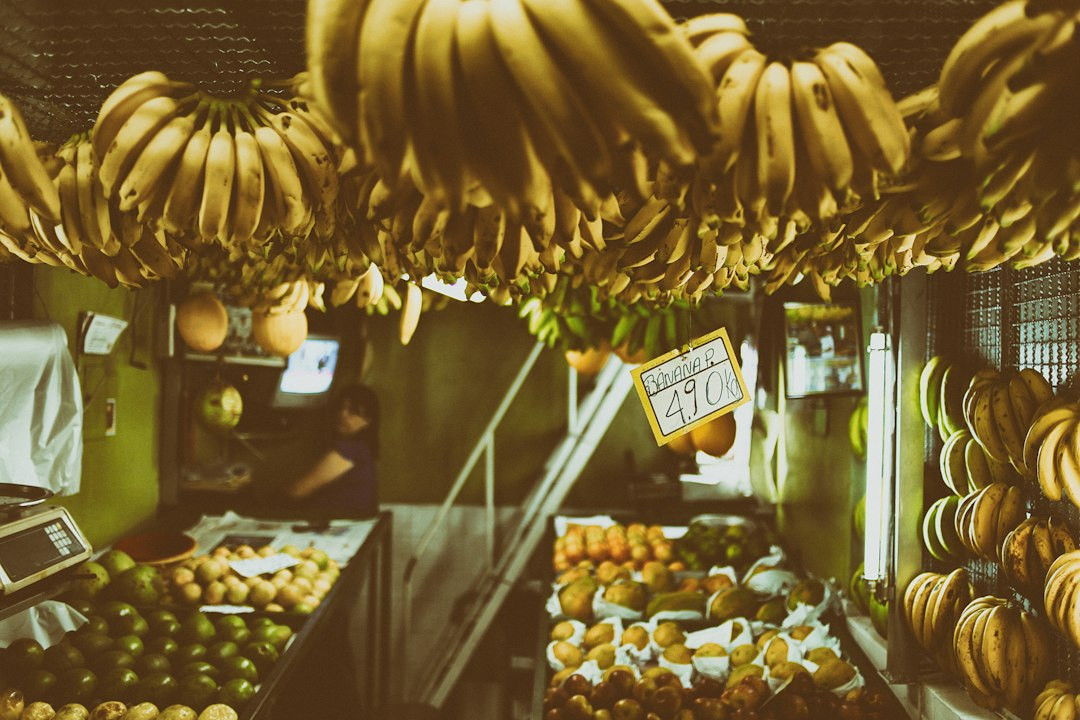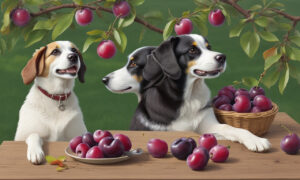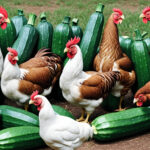Are you looking to add a tangy twist to your pantry with the vibrant zing of pickled banana peppers? Whether you’re a sandwich enthusiast, a pizza topping connoisseur, or simply a lover of all things pickled, mastering the art of preserving banana peppers is not only a satisfying kitchen adventure but also an aromatic journey. Let’s delve into the realm of pickling perfection, where the crispy bites of banana peppers steal the spotlight and enliven your taste buds with their irresistible charm.
Pickling banana peppers isn’t just about preserving their shelf-life; it’s a culinary craft that infuses your cooking with spicy, sweet, and sour flavors that transform ordinary dishes into extraordinary ones. This all-inclusive guide is designed to take you step-by-step through the entire process, from selecting the perfect peppers to storing your pickled delights.
What Makes Banana Peppers Pickle-Worthy?
Before we dive into the pickling process, it’s essential to understand why banana peppers are a pickler’s delight. These peppers, named for their resemblance to bananas, offer a mild heat that’s just right for those who shy away from an excessive spice punch. Furthermore, their firm texture and classic shape make them ideal can chickens eat mangosdidates for soaking up flavors and maintaining a satisfying crunch.
Selecting Your Banana Peppers
Selecting the right banana peppers is crucial for achieving that perfect pickle. Look for:
- Firmness: Ensure your peppers are firm to the touch, indicating they’re fresh and not overripe.
- Bright Color: Vibrant yellow or green peppers are a sign of ripeness and flavor.
- Smooth Skin: Avoid peppers with blemishes or wrinkles, as they can affect the end result.
Preparing for the Pickle
Before you begin, you’ll need a few essential ingredients and tools:
- Fresh banana peppers
- Vinegar (white or apple cider)
- Water
- Canning jars and lids
- Pickling salt
- Sugar (optional)
- Spices (such as garlic, dill, and mustard seeds)
- A large pot for boiling the jars
- A sharp knife
- A cutting board
The Pickling Process: A Step-by-Step Guide
Cleaning and Sterilizing Your Jars
- Wash the canning jars and lids in soapy water.
- Rinse them thoroughly to remove any soap residue.
- Sterilize the jars by boiling them for 10 minutes, and keep them hot until ready to use.
Preparing Your Peppers
- Wash the banana peppers thoroughly.
- Slice the peppers into rings, or leave them whole with a small slit to allow the brine to penetrate.
Crafting Your Pickling Brine
Brine is the lifeblood of any pickle. To create a brine that will bring out the best in your banana peppers, you’ll need to:
- Combine equal parts vinegar and water in a pot.
- Add pickling salt and sugar, if desired, for a balance of flavors.
- Bring the mixture to a boil, ensuring the salt (and sugar) dissolves completely.
Spicing It Up
At this stage, you’re ready to spice things up a bit. It’s essential to choose the right combination of spices to complement the inherent flavor of the banana peppers:
- Garlic: One or two cloves per jar can impart a robust flavor.
- Dill: A classic pickling spice that adds a refreshing note.
- Mustard Seeds: For a hint of tang and heat.
Filling Your Jars
With your brine prepared and your spices selected, it’s time to fill your sterilized jars:
- Pack the banana peppers tightly into the jars, leaving about a half-inch of headspace.
- Add your chosen spices to each jar.
- Pour the hot brine over the peppers, covering them completely while maintaining the headspace.
Sealing the Deal
The final step in the pickling process is sealing your jars:
- Wipe the rims of the jars with a clean cloth to ensure a good seal.
- Place the lids on the jars and tighten the rings to secure them.
- Process the jars in a boiling water bath for 10 minutes to create an airtight seal.
Tips for Pickling Perfection
- Mix up the Vinegars: Experiment with different types of vinegar for unique flavors.
- Crunch Factor: To maintain crunchiness, add a grape leaf or use pickling lime.
- Balance the Flavors: Adjust sugar and salt ratios to suit your taste preferences.
Frequently Asked Questions
How Long Do I Need to Wait Before Eating My Pickled Banana Peppers?
Allow the peppers to sit for at least a few weeks for the flavors to meld. The longer they sit, the more flavorful they’ll become.
Can I Store My Pickled Peppers at Room Temperature?
Once sealed and processed, pickled banana peppers can be stored at room temperature for up to a year. After opening, refrigerate them.
What If My Jars Don’t Seal Properly?
If a jar doesn’t seal, store it in the refrigerator and consume the peppers within a few weeks.
Serving Suggestions
- Sandwiches: Elevate your sandwiches with a layer of pickled banana peppers.
- Pizzas: Scatter them atop your favorite pizza for a tangy twist.
- Salads: Mix them into salads for a pop of color and flavor.
Storing Your Pickled Treasures
- Store your unopened jars in a cool, dark place.
- Once opened, keep them refrigerated and consume within a few months.
Conclusion: The Reward of Patience
The art of pickling banana peppers is a rewarding endeavor that yields a pantry staple ready to enhance your meals with its tangy and spicy profile. It’s an act of patience—waiting for the peppers to absorb the myriad of flavors from the brine and spices. But once that jar is cracked open and the first pepper is plucked and savored, you’ll know the wait was worth it.
Eager to elevate your culinary preserves, you now possess the knowledge to turn those fresh, vibrant banana peppers into jars of pickled gold. As you venture forth in your pickling pursuits, cherish the simplicity of this tradition and the complex flavors it brings to your table. Happy pickling!
Remember, it’s not only about having pickled banana peppers; it’s about the sheer joy and flavor exploration that comes with every bite of your homemade delights. Whether you’re a novice or an experienced pickler, the gratification in perfecting the art is truly unparalleled. Go ahead, give your dishes a tangy makeover, and relish the preservation of spice and everything nice!






